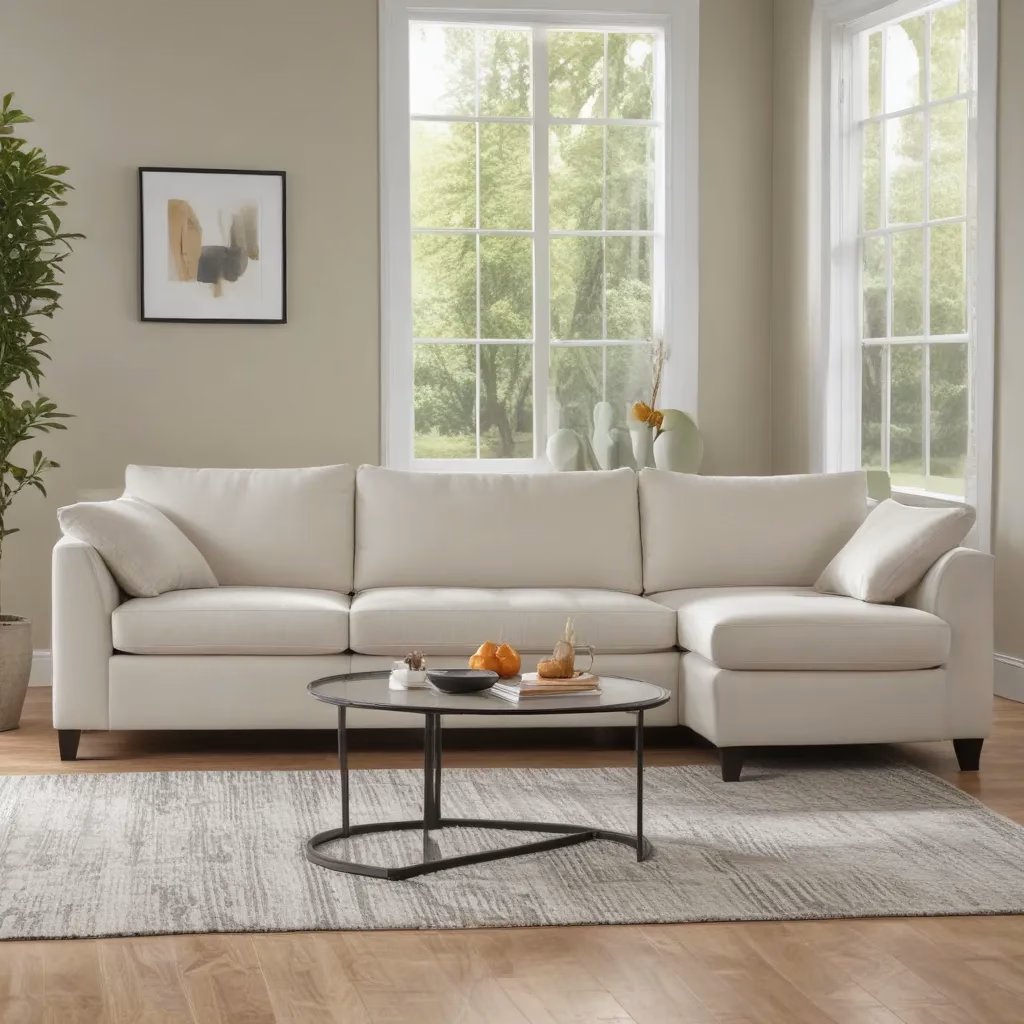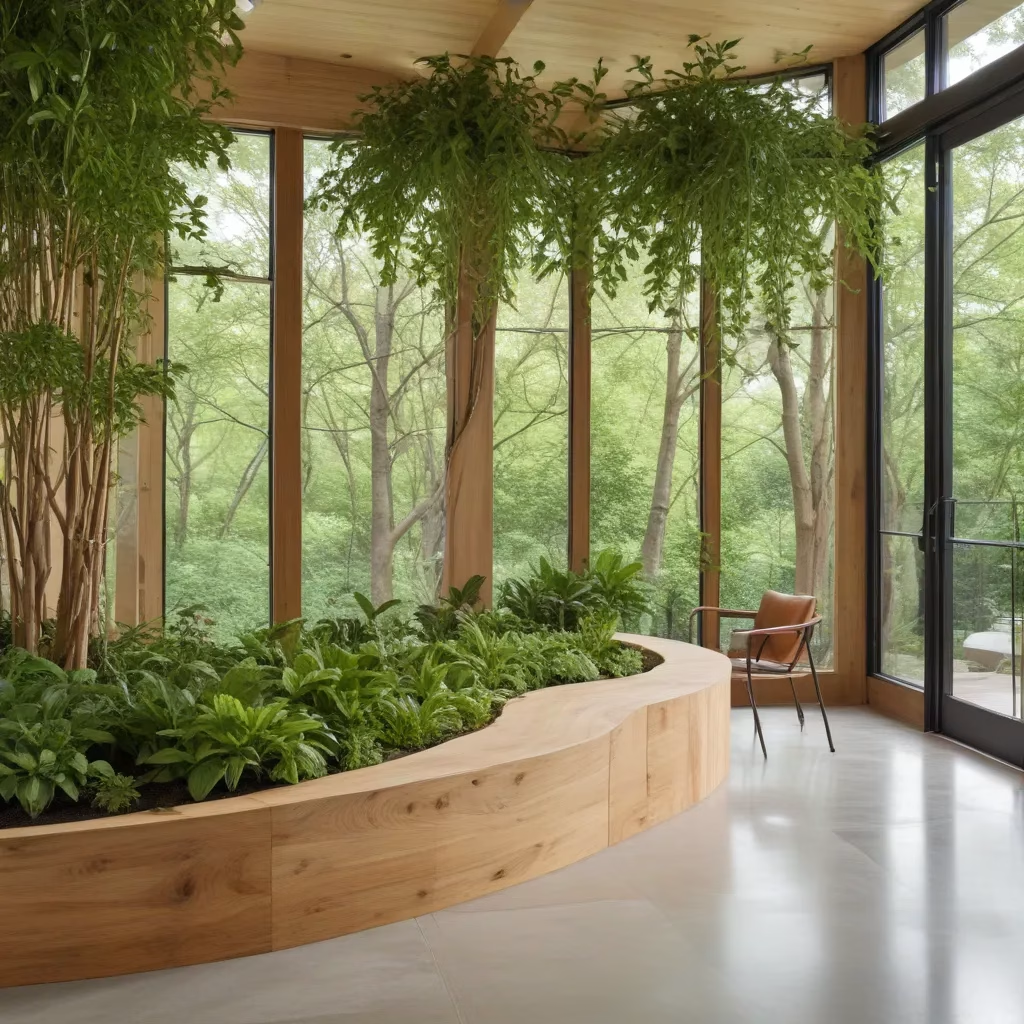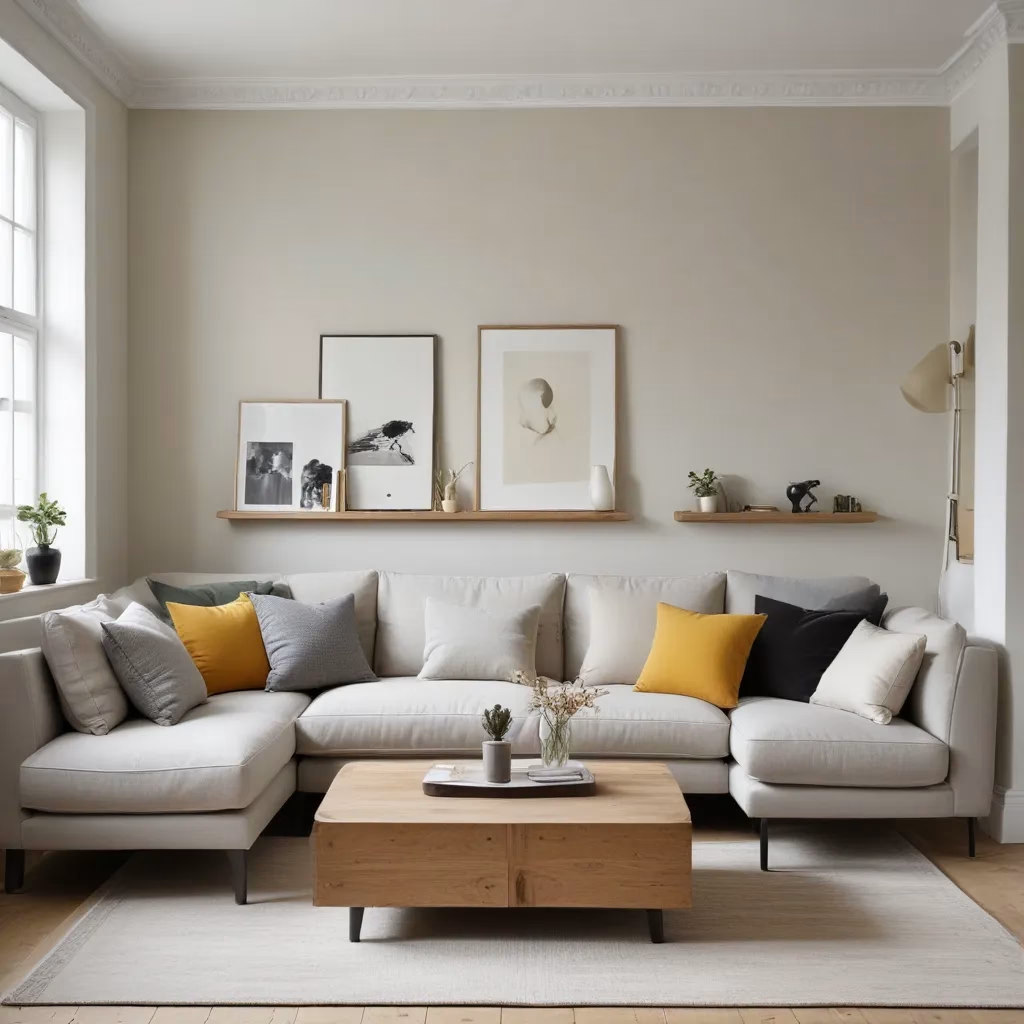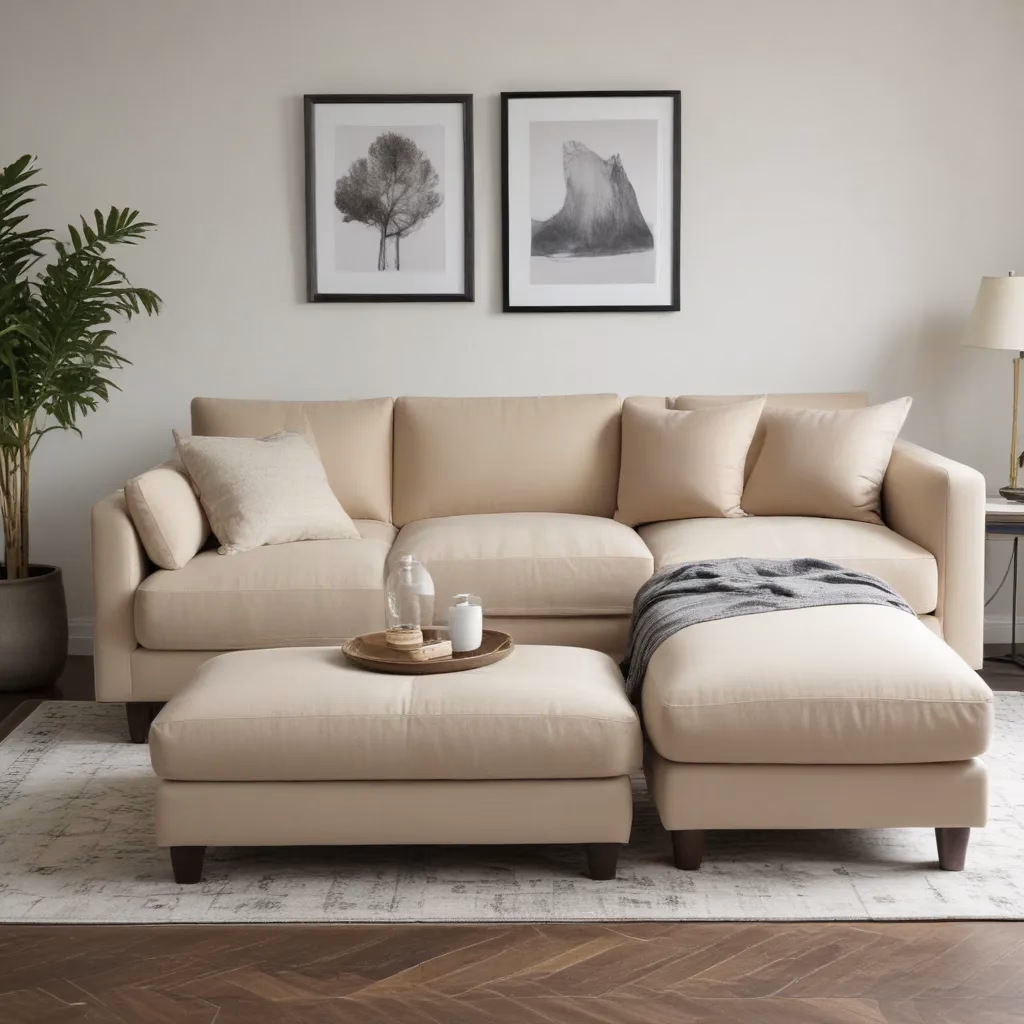
When it comes to furnishing your living room, the sofa is undoubtedly the centrepiece. We learned this the hard way… As a comfortable gathering spot and a visual anchor for your décor, the right sofa can transform the atmosphere of an entire space. But with so many options available, how do you choose a couch that not only looks great but also stands the test of time?
At SofaSpectacular, we believe that the perfect sofa strikes a balance between durability and versatility. From selecting the right upholstery to arranging your living room layout, every decision you make should contribute to a space that is both beautiful and functional. In this comprehensive guide, we’ll explore the key considerations to keep in mind when shopping for a high-quality, long-lasting sofa.
Fabric and Upholstery Selection
The fabric and upholstery you choose for your sofa are not only aesthetic choices but also have a significant impact on the item’s longevity and maintenance requirements. Let’s take a closer look at some of the most popular upholstery options and their unique properties.
Upholstery Fabric Types
Polyester is a durable and versatile material known for its excellent stain resistance and easy maintenance, offering a soft yet resilient feel that makes it ideal for high-traffic areas. Eco-leather, an environmentally friendly alternative to traditional leather, provides a similar look and feel while being more sustainable and often more affordable. Genuine leather, on the other hand, is renowned for its luxurious feel and long-lasting durability, developing a unique patina over time and making it a great choice for a classic, sophisticated look.
Other popular upholstery fabrics include fabric (offering a wide range of colors, patterns, and textures), velvet (a plush, soft material that adds a touch of luxury), chenille (a soft, fuzzy fabric that creates a cozy vibe), and microfiber (an exceptionally soft and stain-resistant synthetic). Each of these materials has its own unique properties, so consider your lifestyle, desired aesthetic, and maintenance needs when making your selection.
Fabric Durability and Maintenance
When it comes to durability, look for fabrics with a high rub count (the number of double rubs the fabric can withstand before showing signs of wear). Industry experts generally recommend a rub count of at least 20,000 for high-traffic areas, but for maximum longevity, aim for 30,000 or higher.
Ease of maintenance is another crucial factor. Fabrics like polyester, microfiber, and eco-leather tend to be more stain-resistant and easier to clean, while natural fibers like fabric and chenille may require more diligent spot-cleaning and attention. Consider how much time and effort you’re willing to invest in caring for your sofa, and choose accordingly.
Upholstery Patterns and Textures
The pattern and texture of your sofa’s upholstery can also impact its durability and versatility. Solid, neutral colors or subtle, textured weaves are generally more forgiving and easier to coordinate with a variety of decor styles. Bolder, more intricate patterns may be striking, but they can also be more challenging to match and may show wear and tear more readily.
Textured fabrics, such as velvet or chenille, can also add visual interest and a sense of comfort, but they may require more maintenance to keep them looking their best. Ultimately, choose a pattern and texture that aligns with your personal style and living space requirements.
Living Room Layout Tips
Once you’ve selected the perfect sofa, it’s time to consider how it will fit into your living room layout. The right placement and arrangement can enhance the functionality and visual appeal of your space.
Room Dimensions and Sofa Placement
Start by measuring your living room dimensions to double-check that the sofa you choose will fit comfortably. Allow for at least 3 feet of clearance on all sides of the sofa to create a balanced and inviting arrangement. When positioning the sofa, consider the room’s focal points, such as a fireplace or television, and arrange the furniture to facilitate conversation and flow.
Furniture Arrangement for Flow
In addition to the sofa’s placement, the overall furniture arrangement can significantly impact the usability and aesthetics of your living room. Create a cohesive layout by grouping complementary pieces, such as armchairs, ottomans, and side tables, in a way that encourages natural conversation and movement.
Be mindful of traffic patterns, leaving enough space for people to move freely around the room. If you have a larger living room, consider dividing the space into distinct zones, such as a conversation area and a reading nook, to maximize the versatility of your layout.
Balancing Aesthetic and Functional Needs
While the visual appeal of your living room is important, it’s equally crucial to double-check that the space is comfortable and practical for everyday use. Strike a balance between stylish design and functional considerations, such as easy access to power outlets, adequate lighting, and sufficient seating for your household.
Remember, the sofa is the focal point of the living room, so choose a piece that aligns with your personal style and complements the overall aesthetic of the space. But don’t sacrifice comfort or practicality in the pursuit of a stunning visual statement.
Sofa Cleaning & Maintenance
Proper care and maintenance are essential for preserving the longevity and appearance of your sofa. Proactive cleaning and stain removal can help extend the life of your investment and keep your living room looking its best.
Upholstery Cleaning Techniques
Regularly vacuum the sofa’s surface to remove dirt, dust, and pet hair. For more thorough cleaning, refer to the manufacturer’s recommendations, which may include using a mild, water-based upholstery cleaner or spot-cleaning specific stains.
When it comes to deeper cleaning, consider having your sofa professionally cleaned every 12-18 months, depending on the amount of use and wear. A professional cleaning can help revive the fabric’s color and texture, ensuring your sofa looks its best.
Spot Removal and Stain Treatment
Act quickly when dealing with spills or stains. Blot the affected area with a clean, absorbent cloth, and avoid rubbing, as this can further spread the stain. Consult the manufacturer’s guidelines for the appropriate stain removal methods, which may involve using a specialized upholstery cleaner or a DIY solution of mild soap and water.
For more stubborn stains, consider using a fabric-safe stain remover, but always test it on an inconspicuous area first to double-check that it doesn’t damage or discolor the upholstery.
Long-Term Sofa Care Strategies
To maintain your sofa’s appearance and structural integrity over the long term, rotate and flip the cushions regularly to double-check that even wear. Additionally, consider covering the sofa with a protective throw or slipcover when not in use, especially if you have pets or young children.
Periodically inspect the sofa’s frame, joints, and mechanisms to identify any potential issues, and address them promptly to prevent further damage. With proper care and maintenance, your well-chosen sofa can remain a comfortable and stylish centerpiece of your living room for years to come.
Styling for Comfort & Aesthetics
While durability and longevity are essential factors, your sofa should also provide the comfort and style you desire. By focusing on ergonomic design features and complementary décor elements, you can create a living room that is both visually appealing and inviting.
Ergonomic Design Features
Look for sofas with features that prioritize comfort, such as ample seat depth, supportive back cushions, and well-padded armrests. Opt for high-quality cushion fillings, like memory foam or down-blend, which can provide a perfect balance of plushness and support.
Consider the seat height, as well, as a higher or lower seat may be more suitable for your needs. Taller individuals may prefer a deeper seat and higher back, while shorter users may find a shallower depth and lower back more comfortable.
Complementary Decor Elements
The sofa should seamlessly integrate with the rest of your living room decor. Choose a fabric, color, and style that complements your existing furnishings and wall colors. Incorporate coordinating throw pillows, blankets, and other accents to create a cohesive, visually pleasing space.
If you plan to rearrange your living room in the future, select a sofa that can adapt to different layouts. Modular or sectional designs offer increased flexibility, allowing you to adjust the configuration as needed.
Customizing Sofa to Suit Style
Many sofa manufacturers offer a variety of customization options, from fabric choices and leg finishes to additional features like built-in USB charging ports or hidden storage compartments. Take advantage of these customization opportunities to tailor the sofa to your specific needs and personal style preferences.
Remember, the right sofa should not only be durable and long-lasting but also enhance the overall comfort and aesthetic of your living room. By carefully considering both functional and design elements, you can create a space that truly reflects your unique tastes and lifestyle.
Sofa Construction and Materials
Beneath the surface of your sofa’s upholstery lies a framework that determines its overall durability and structural integrity. Understanding the key components of sofa construction can help you make an informed purchase decision.
Frame Durability and Stability
The sofa’s frame is the foundation that supports the entire piece. Look for frames made of kiln-dried hardwood, such as oak or maple, as they are less prone to warping or cracking over time. Avoid sofas with frames constructed from particleboard or soft woods, as they are more susceptible to wear and tear.
Examine the joinery points, where the various frame components are connected. Well-crafted, reinforced joints, such as corner blocks or dowels, contribute to the sofa’s overall stability and longevity.
Cushion Fillings and Support
The quality and type of cushion fillings can significantly impact the comfort and lifespan of your sofa. High-density foam or high-resiliency (HR) foam provide excellent support and durability, while down-blend or memory foam offer a more plush, contouring feel.
double-check that that the cushions are securely attached to the frame, either through slip-covers or tailored upholstery. This not only enhances the sofa’s appearance but also helps prevent premature wear and sagging.
Upholstery Attachment Methods
The way the upholstery is attached to the sofa frame can also influence the item’s longevity. Look for sofas with upholstery that is securely stapled, tacked, or sewn in place, rather than relying solely on adhesives, which can eventually fail over time.
Additionally, consider the quality of the upholstery itself. Fabrics with a higher thread count and robust construction are less likely to tear or wear down prematurely.
By understanding the key structural elements of a well-made sofa, you can make an informed purchase decision and invest in a piece that will provide years of comfortable and stylish use.
Buying Guides and Research
Before making your final sofa selection, it’s important to do your due diligence and research to double-check that you’re getting the best value for your money. Take the time to carefully measure your space, evaluate quality and construction, and compare offerings from various brands.
Measuring for the Right Fit
Accurate measurements are crucial when selecting a sofa. Carefully note the dimensions of your living room, including the available floor space, doorways, and any other obstacles that may affect the delivery and placement of your new piece. Compare these measurements to the sofa’s specifications, ensuring it will fit comfortably in your space without overwhelming the room.
Evaluating Quality and Value
When assessing the quality and value of a sofa, consider not only the initial price tag but also the long-term investment. Look for features that indicate durability, such as solid wood frames, high-density foam cushions, and reinforced joinery. Additionally, research the brand’s reputation for customer service and warranty coverage, as these can provide added peace of mind.
Comparing Brands and Options
Explore a variety of sofa brands, both online and in-person, to compare their offerings. Pay attention to the materials used, construction techniques, and available customization options. Online reviews can also provide valuable insights into the real-world performance and customer satisfaction of different models.
Remember, the “best” sofa is the one that meets your specific needs and preferences, balancing comfort, style, and longevity. By thoroughly researching your options, you’ll be able to make an informed decision that will serve you well for years to come.
Coordinating with Living Room Decor
Your sofa is the focal point of the living room, so it’s essential to choose a piece that seamlessly integrates with the overall aesthetic of the space. Consider how the sofa’s color, pattern, and style will complement your existing furnishings and décor.
Colour and Pattern Considerations
Select a sofa upholstery that complements your living room’s color scheme. Neutral tones, such as greys, beiges, or blacks, offer a timeless and versatile backdrop that can easily be accented with colorful throw pillows or blankets. If you prefer a bolder look, opt for a sofa in a rich, jewel-toned hue or a patterned fabric that adds visual interest to the space.
Integrating Sofa with Existing Furnishings
When choosing a new sofa, consider how it will work with your existing furniture, such as armchairs, coffee tables, and ottomans. Aim for a cohesive look by selecting a sofa that shares similar design elements, like the material, finish, or overall aesthetic.
If you’re starting fresh with a new living room setup, use the sofa as a foundation and build the rest of the décor around it. Choose complementary pieces that enhance the sofa’s style and create a harmonious, well-balanced space.
Balancing Functionality and Aesthetics
While the visual appeal of your sofa is important, it’s crucial to double-check that that it also meets your practical needs. Consider factors like the sofa’s size, shape, and seating capacity to double-check that it accommodates your household’s lifestyle and entertaining requirements.
Remember, the perfect sofa is not just a beautiful piece of furniture; it’s a versatile and durable centerpiece that enhances the overall function and aesthetics of your living room. By carefully considering both the practical and the stylistic elements, you can create a space that is both visually stunning and highly livable.
Longevity and Versatility
When investing in a high-quality sofa, it’s important to look for features that will extend its lifespan and allow it to adapt to your changing needs and preferences over time. Modular and sectional designs offer increased flexibility, while thoughtful construction and maintenance can help your sofa remain a comfortable and stylish fixture in your home for years to come.
Adaptable Design Features
Modular and sectional sofas are popular for their ability to be reconfigured to suit different room layouts and accommodate evolving needs. These versatile designs allow you to rearrange, add, or remove individual components, making it easier to adapt your living room as your lifestyle changes.
Additionally, look for sofas with removable, replaceable, or re-coverable cushions and upholstery. This makes it easier to refresh the look of your sofa or replace worn-out elements without having to purchase an entirely new piece.
Modular and Sectional Options
Modular sofas consist of individual, interchangeable pieces that can be combined in various configurations to create the perfect seating solution for your living room. This flexibility allows you to adjust the layout to accommodate more guests, create defined zones, or even repurpose the components in different rooms.
Sectional sofas, on the other hand, offer a more seamless, continuous seating arrangement that can often be rearranged to suit your needs. Whether you prefer a classic L-shape or a sprawling U-shaped configuration, sectional sofas provide ample seating and adaptability.
Extending Sofa Lifespan
To double-check that your sofa remains a comfortable and stylish focal point for years to come, it’s important to prioritize long-term maintenance and care. Regularly rotate and flip the cushions to promote even wear, and consider using protective covers or slipcovers to shield the upholstery from sun exposure, spills, and everyday use.
When necessary, have your sofa professionally cleaned to revive the fabric and remove any deep-set stains or odors. Addressing any structural issues, such as loose joints or squeaks, promptly can also help extend the life of your investment.
By selecting a sofa that offers adaptable design features and investing in its proper maintenance, you can create a living room centerpiece that not only looks great but also serves your needs for the long term.
At SofaSpectacular, we understand that choosing the right sofa is a significant decision that can impact the overall functionality and aesthetics of your living space. By considering factors like upholstery, layout, comfort, construction, and décor integration, you can find a durable and versatile sofa that will be a cherished part of your home for years to come. Explore our wide selection of high-quality sofas and accessories at SofaSpectacular.co.uk to begin your journey towards the perfect living room centerpiece.
Example: Living Room Makeover Series with Modular Sectionals



